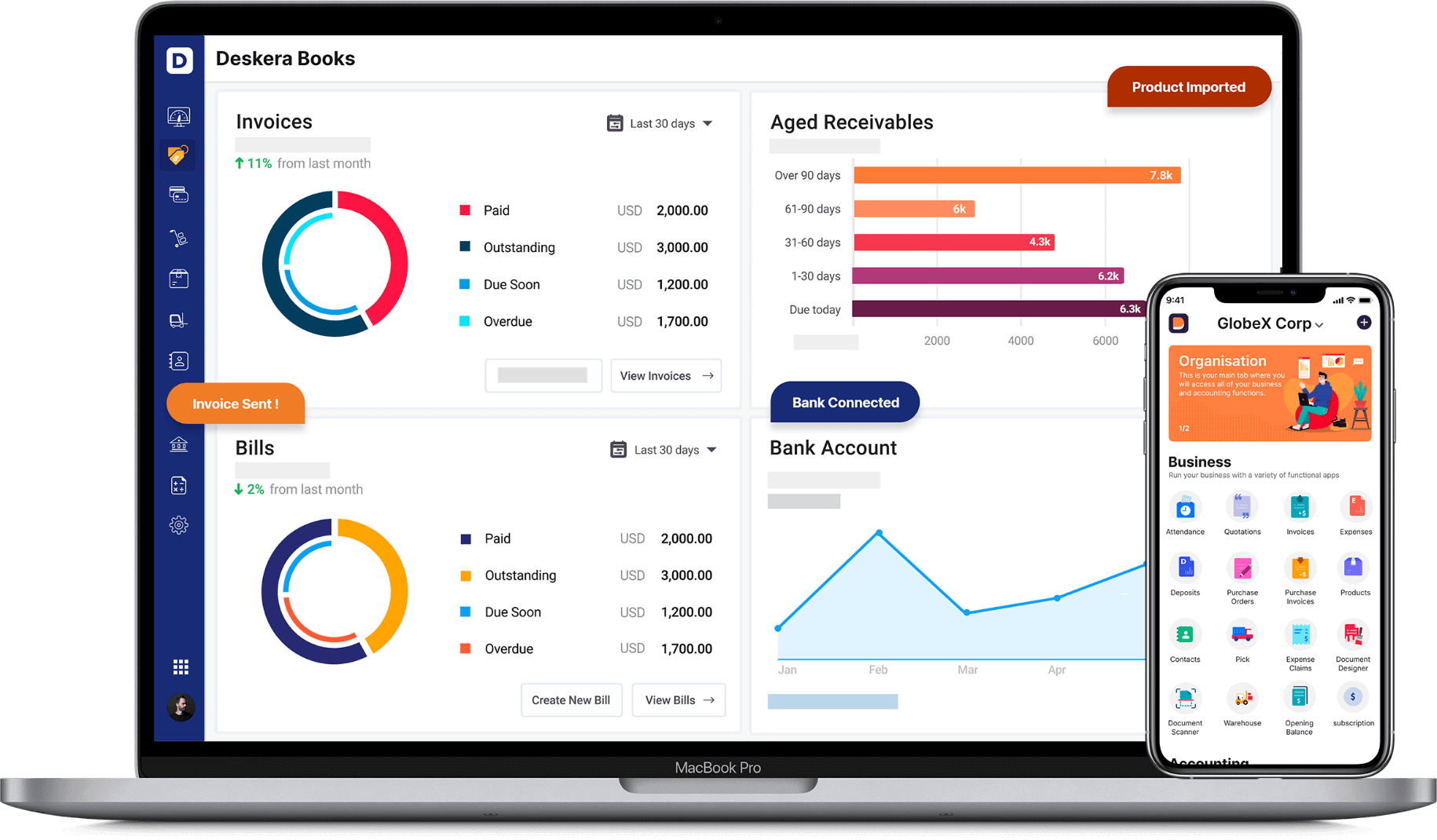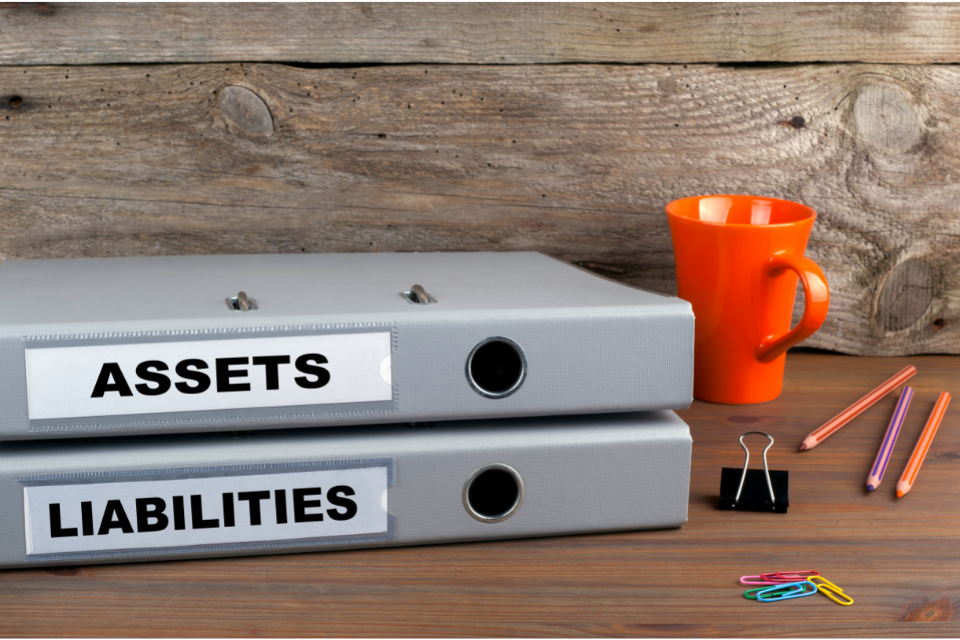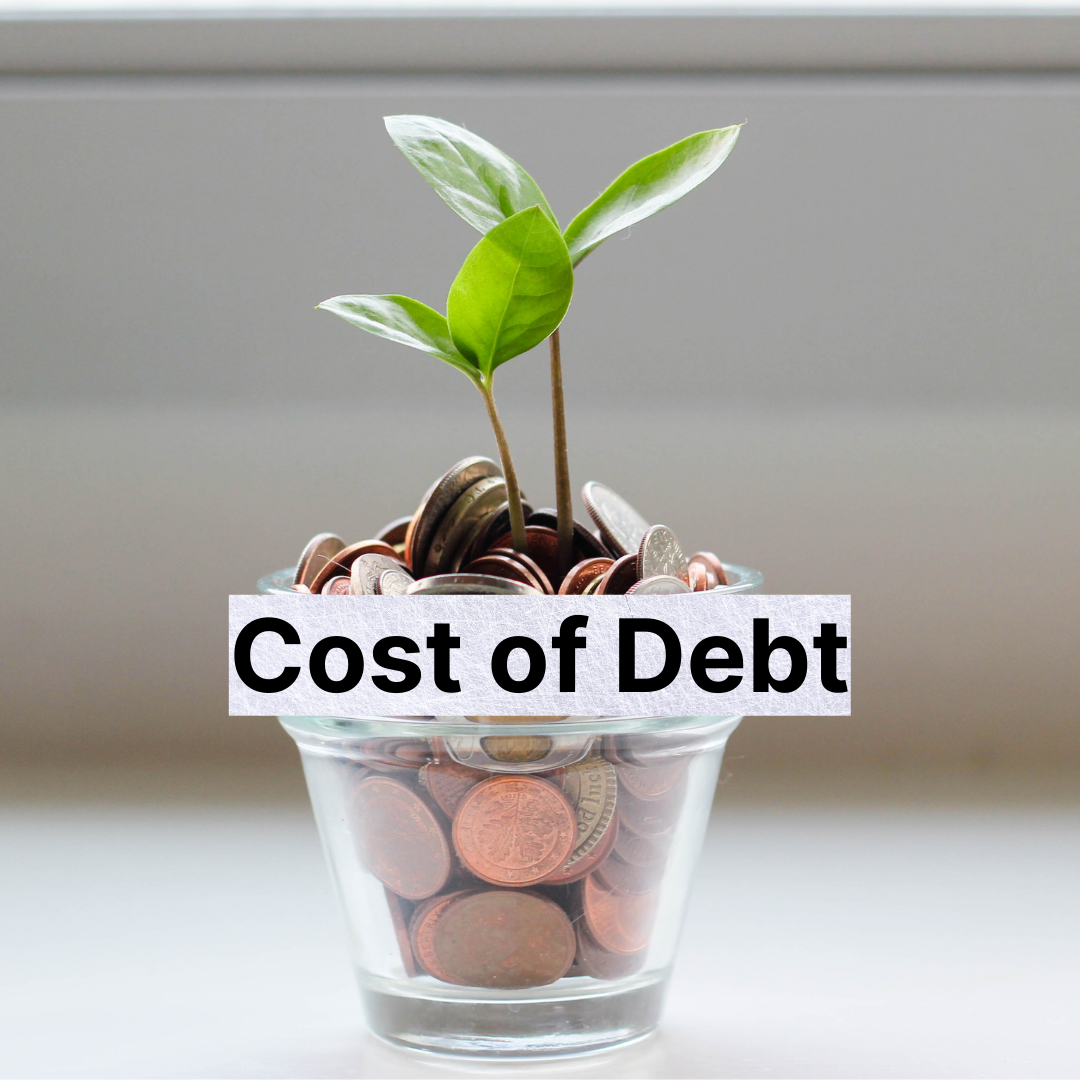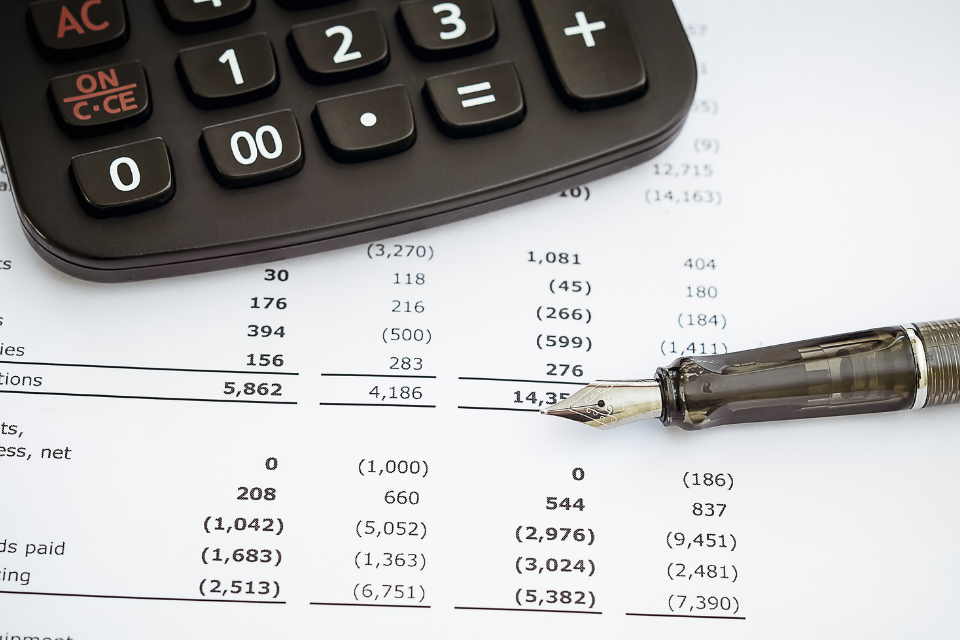Starting a new business venture is not an easy task. Apart from presenting something unique and spectacular to the end customers, the businessman has to take care of various other forms of documentation. Whether it's a start-up or a new branch of the existing multinational conglomerate, he has to propose different financial statements about the plan.
In this article we will look into the following:
- What is Pro Forma?
- What is the use of Pro Forma?
- Purpose of the statement
- Post-Status-Updates
- Steps to create a pro forma statement
- Pro forma statement income
- Pro forma balance sheet
- Search-for-related-terms
- Pro forma cash flow statement
- What is a Letter of Intent?
- What does Pro Forma mean for the Investors?
What is Pro Forma?
Every businessman before launching a product sets up multiple meetings with his core team to discuss multiple types of “what-if” scenarios. This situational analysis helps the start-ups and even established businesses understand where they stand to date and what would be the potential profit if the entire team gives a go-ahead for a new product.
In common man’s language, pro forma is nothing but formal financial statements that consist of the three main accounting reports, namely income statement, a statement regarding the cash flows and the company’s balance sheet. This assists the entrepreneur to have a future vision by keeping the “what could be” question at the forefront while developing different business strategies. A pro forma is used to create this vision and it is done by using
- Industry Average
- Accepted Accounting principles of the industry
- Estimated tax rate
- Sales and Budget predictions are done by the business owner
Hence, it can be said to be a vital part of the business plans.
Types of Pro Forma Documents
Pro forma documents are financial statements that project future financial performance. They are typically used in business planning, budgeting, and forecasting. Here are some types of pro forma documents:
- Pro forma income statement: A pro forma income statement projects a company's future revenue, expenses, and net income. It can be used to forecast profitability and identify potential areas for improvement.
- Pro forma balance sheet: A pro forma balance sheet projects a company's future assets, liabilities, and equity. It can be used to forecast a company's financial position and assess its ability to meet financial obligations.
- Pro forma cash flow statement: A pro forma cash flow statement projects a company's future cash inflows and outflows. It can be used to forecast cash flow and identify potential cash shortages.
- Pro forma financial ratios: Pro forma financial ratios project a company's future financial ratios, such as debt-to-equity ratio, return on investment, and earnings per share. These ratios can be used to assess a company's financial health and compare it to industry benchmarks.
- Pro forma budget: A pro forma budget projects a company's future income and expenses for a specific period, typically a year. It can be used to plan for future expenses and revenue, and to identify potential areas for cost savings.
- Pro forma financial models: Pro forma financial models are comprehensive financial models that project a company's future financial performance based on a variety of assumptions. They can be used to assess the impact of different scenarios on a company's financial performance.
It's important to note that pro forma documents are based on assumptions about future performance, and may not accurately predict actual results. They are typically used as a planning tool and should be regularly reviewed and updated based on actual financial performance.
What is the use of Pro Forma?
This financial statement of the company is usually sought by entrepreneurs and investors for different reasons. As this is a statement based on assumptions, it plays a big role in deciding and portraying the next business plan of an organization. While an investor would seek this statement to understand his potential returns on the investments made, an entrepreneur or a strategic business owner can use it for multiple reasons such as -
- Cash flow predictions
- Investor relations
- Long-term financial planning
- Revenue forecasting
- Planning capital needs such as debts/equity or both
- Planning staffing
- Planning operational expenses
Although it is a hypothetical financial statement based on possible future scenarios, it helps the company to be prepared for both the situations - profit and loss which are the two sides of the same coin in business.
The examples of this financial statement depend on which effects the corporation wants to see. Depending on it, the company prepares a projected balance, a statement of cash flows and an income statement for each of the financing options. These projected financial statements are referred to as pro forma financial statements.
Pro Forma Invoice vs. Commercial Invoice
Pro forma invoice and commercial invoice are two types of invoices used in international trade. Here are some key differences between them:
Pro Forma Invoice:
- A pro forma invoice is a preliminary invoice that is issued prior to a sale, outlining the details of the transaction.
- It is used to provide the buyer with an estimate of the cost of the goods or services they are purchasing, including the quantity, price, and other terms of sale.
- It is often used for customs clearance and may be required by the buyer's bank to process payment.
- A pro forma invoice is not a legal document and does not require payment, but it serves as a precursor to a commercial invoice.
- It is typically issued by the seller and includes information such as the buyer and seller's names and addresses, a description of the goods or services being sold, the price, and any applicable taxes or fees.
Commercial Invoice:
- A commercial invoice is a legal document that is issued after a sale has been completed, detailing the actual cost of the goods or services that were sold.
- It is used to determine the value of the goods for customs purposes and to calculate any applicable duties or taxes.
- It is typically used to facilitate payment for the goods or services sold and is required by banks to process payment.
- A commercial invoice is issued by the seller and includes information such as the buyer and seller's names and addresses, a detailed description of the goods or services being sold, the price, the terms of sale, and any applicable taxes or fees.
- It is an important document in international trade, as it serves as evidence of the transaction and can be used to resolve disputes between the buyer and seller.
Purpose of the Statement
Although this financial statement is made for various reasons as stated above, it is a very useful statement for entrepreneurs. A business owner can create this pro forma statement for multiple reasons such as
- Pro forma is a very helpful tool for business planning. This financial statement makes the comparisons easier as you can check, analyze and compare different financial assumptions then and there itself. It assists to understand which of the two proposals for financial gain is better and has a potential strategy to give better ROI.
- This financial statement can also be used as an official case paper to portray and project the impact of financial decisions on an entrepreneur’s business. It will assist him to understand which decision was made in haste and which one bought good financial returns. This can help him redesign the decisions for a future project or even make slight modifications in the decisions for ongoing projects.
For instance, if an entrepreneur is about to join a new tax bracket, he can make use of pro forma to understand what impact it will have on his business as his company expands to new heights.
- This financial statement also plays a crucial role in getting your business financed. When an entrepreneur wants a public or private investment, he just needs to present his pro forma statement to potential investors on how he will be using the capital for sustainable business growth. This financial projection of all the possibilities and expected growth in the plan is often a prerequisite from many investors before they give the needed amount.
Using Pro Forma Documents for Investment Analysis
Here are some ways in which pro forma documents can be used for investment analysis:
- Pro forma financial statements can be used to evaluate the potential impact of a new investment or business venture on the company's financial performance. By projecting future revenues, expenses, and cash flows, investors can assess the potential return on investment and the viability of the project.
- Pro forma financial statements can also be used to analyze the financial impact of various scenarios and assumptions. For example, investors can create pro forma financial statements that reflect different sales volumes, pricing strategies, or cost structures to assess the impact of these variables on the company's financial performance.
- Pro forma financial statements can be used to identify trends and patterns in a company's financial performance. By comparing actual financial results to pro forma projections, investors can gain insight into the company's strengths and weaknesses and identify areas where improvements can be made.
- Pro forma financial statements can be used to assess the financial health of a company before making an investment. By reviewing pro forma financial statements, investors can evaluate the company's ability to generate cash flow, pay its debts, and fund future growth.
- Pro forma financial statements can be used to evaluate the impact of mergers and acquisitions on a company's financial performance. By creating pro forma financial statements that reflect the combined financials of the two companies, investors can assess the potential synergies and risks associated with the transaction.
Steps to create a Pro Forma Statement
If you have just opened a start-up or are a business owner who has very little idea about how to make a financial statement that represents your organization. There are different steps to create a pro forma for which financial statement the entrepreneur wants to prepare the document. Let us understand this in some more detail -
Pro Forma Statement Income
To create pro forma for a statement of income, a businessman needs to do the following steps -
- Set the sales goal to determine for which period he wants to check the statement
- Develop a production schedule for which he wants to set the target and map this goal for this particular period.
- The next step is to decide how he would be achieving this foal and match it with the production schedule. This could be done by increasing his sales every month with a fixed amount or he can plan to gradually increase the sales quota.
- When he decides the plan, he would need to calculate the total cost of goods sold (COGS) he has completed selling and deduct this and other operating expenses from the sales.
- The businessman can now create a pro forma statement of income with the available data in previous steps.
Pro Forma Balance Sheet
A balance sheet refers to the financial document of an organization that consists of its assets, liabilities and shareholder equity specific to a certain point in time. If an entrepreneur wants to prepare a pro forma for the balance sheet, he must do the steps given below -
- The foremost step to creating this financial statement is to transfer the change the company has in retained earnings. This transfer is done from the statement of income to the pro forma statement of balance sheet.
- The businessman then needs to identify if he needs to make any adjustments to the current assets or liabilities of the corporation. This can vary as it depends on the sales variance that he has projected while deciding the sales goal.
- The next step is to add the assets, owner’s equity and total liabilities to complete his financial pro forma balance sheet statement.
Pro Forma Cash Flow Statement
When the entrepreneur wants to create a financial statement for cash flow, he needs to follow the steps given below -
- Do an addition of cash-on-hand and cash receipts namely interest income, loans, sales
- The businessman should make a list of his outgoing cash flows like the salaries, cost of sales etc.
- He must then do the addition of all the operating expenses and even other costs incurred such as income tax, cash disbursements.
- The final step is to calculate the total cash payments, net cash change and ending cash position. This will complete your pro forma cash flow statement.
This is the only financial statement where the businessman cannot project on basis of assumptions. If he has completed the preparation of the income statement and balance sheet, then it's very simple to prepare a statement for the cash flow. Moreover, when you create these financial statements, an important point here to note is that even if the process to create them does not differ from the one used to create other regular financial documents. The only pivotal distinguishing factor in creating these pro forma statements is the adjustments made to create them and not the mathematical calculations.
What is a Letter of Intent?
It can be rightly said that the pro forma documents are just like the letters of intent. This financial statement expresses what a particular invoice or transaction would look like upon completion of the speculated period. These documents are mostly used by entrepreneurs to express interest in business transactions. It can also be used to reveal the intended purpose and even project the outcome of the transaction.
According to the rule, when the company wants to share documents related to it and the earnings, it is expected that the Generally Accepted Accounting Principles (GAAP) must be followed, These principles have been established by the Securities Exchange Commission (SEC). To apply for a Small Business Administration loan, the small businesses need to submit a pro forma financial document to the lender, mostly banks. It helps the owners to forecast outcomes as well as ensure the desired outcomes will be met at the end of the calculated period.
What does Pro Forma mean for the Investors?
These financial statements are also made by the businessman to present to potential investors. Irrespective of the number of investors, it is an important tool to project the plans of the company to increase the interest of stakeholders in the company. The pro forma statements are seen as predictions by the stakeholders to understand how the future of the company looks and whether he has made the right investment. He can also decide if he further wants to invest in the organization or take any other action.
Using these financial statements of a particular corporation, an investor can conduct a ratio analysis.
Limitations of financial statements
The pro forma statements of a company can be widely inaccurate as it is made of hypothetical scenarios. Even if an entrepreneur must project his plans, no entrepreneur can make a perfect prediction of his business. Therefore, it is very important to use other financial documents to get a complete and actual idea of the finances of a business.
Limitations of Pro Forma Documents
Here are some limitations to keep in mind:
- Pro forma documents are based on assumptions: Pro forma documents are only as good as the assumptions that go into them. If the assumptions are incorrect or unrealistic, the pro forma projections will be unreliable. It's important to carefully consider the assumptions and adjust them as needed based on changing circumstances.
- Pro forma documents are not guaranteed: Pro forma documents are not a guarantee of future performance. The actual results may differ significantly from the pro forma projections due to unforeseen events or changing market conditions. Investors should use pro forma documents as a guide, not as a guarantee of performance.
- Pro forma documents may not consider all factors: Pro forma documents are limited by the data and information available at the time they are created. They may not consider all relevant factors that could impact the company's performance, such as changes in the regulatory environment or shifts in consumer behavior.
- Pro forma documents may be biased: Pro forma documents can be biased in favor of the company or the person creating them. For example, a company may overestimate its revenues or underestimate its expenses to make the projections look more favorable. It's important to review pro forma documents with a critical eye and consider the motivations of the person or company creating them.
- Pro forma documents may not reflect the impact of external factors: Pro forma documents may not reflect the impact of external factors that could impact the company's performance, such as changes in the economy or political instability. It's important to consider these factors when reviewing pro forma documents and adjusting the assumptions as needed.
How can Deskera Help You?
Deskera Books can help you automate and mitigate your business risks. Creating invoices becomes easier with Deskera, which automates a lot of other procedures, reducing your team's administrative workload.
Sign up now to avail more advantages from Deskera.

Learn about the exceptional and all-in-one software here:
Conclusion
As the market is getting fiercely competitive with new products, a businessman has to think of innovative ways to expand his business sales. He needs to prepare the plans in advance by preparing the pro forma statements to project business growth and attract new customers. With Deskera, you can get seamless accounting software that makes the configuration of sales easier.
Key Takeaways
- Pro forma are financial statements of an organization. A corporation can make these statements for income, balance sheet and cash flow.
- This financial statement is a company’s projection of its business plans for a particular period. This is a hypothetical prediction of what it aims to achieve for the future.
- These financial statements can also be used to get your business financed. It can be used for long-term financial planning, to plan staff and recruitments, for business revenue predictions and also to improve investor relations.
- The steps to create pro forma for income, cash flow and balance sheet are almost the same. The businessman only needs to pay attention to the adjustments made in each while creating them.
- As these are hypothetical statements done by the entrepreneur to project his business goals, it is always advised to check other financial documents to get a good understanding of the financials of an organization
Related Articles











